Too Hot to Handle: 7 Sizzling Places on Planet Earth
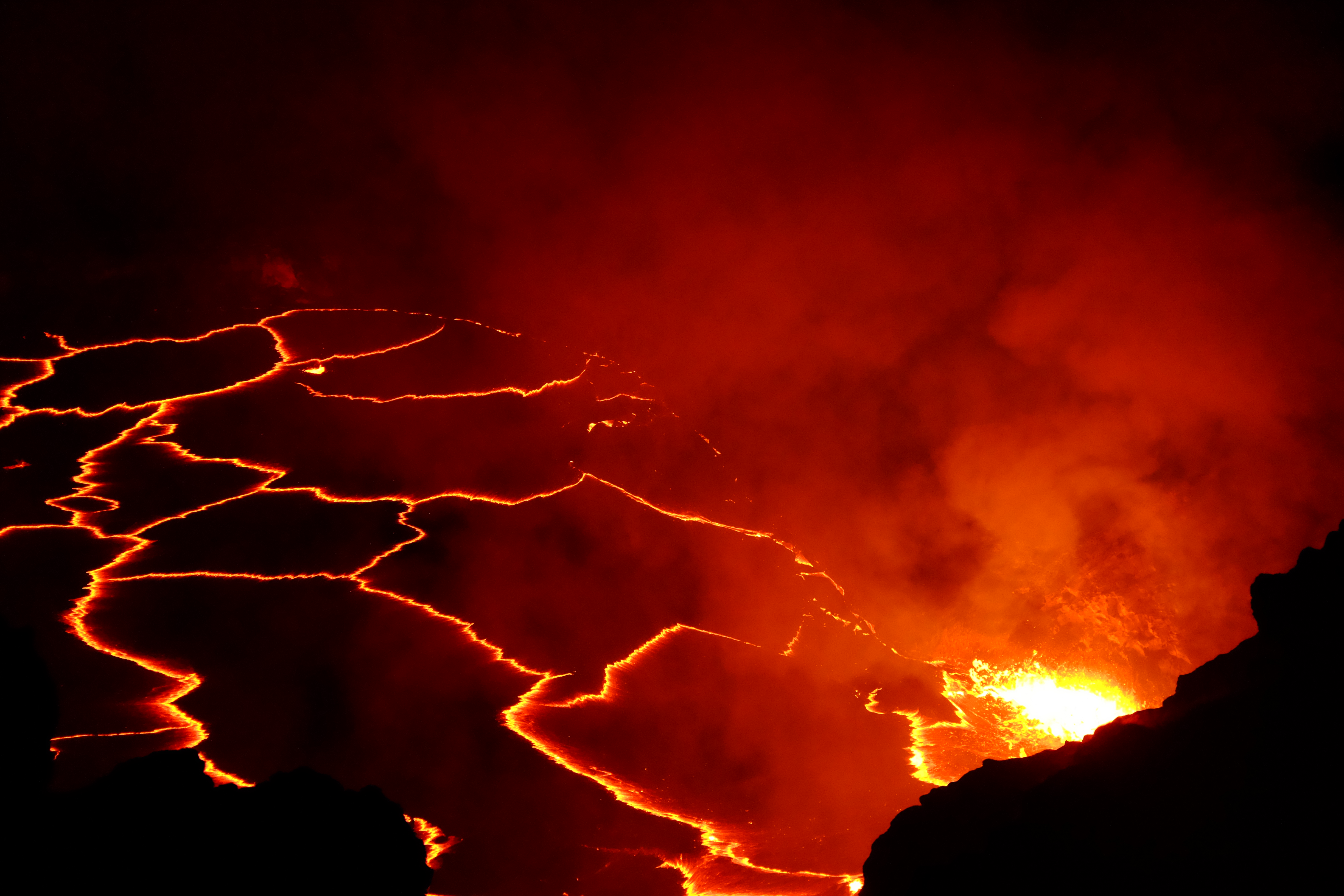
Too Hot?
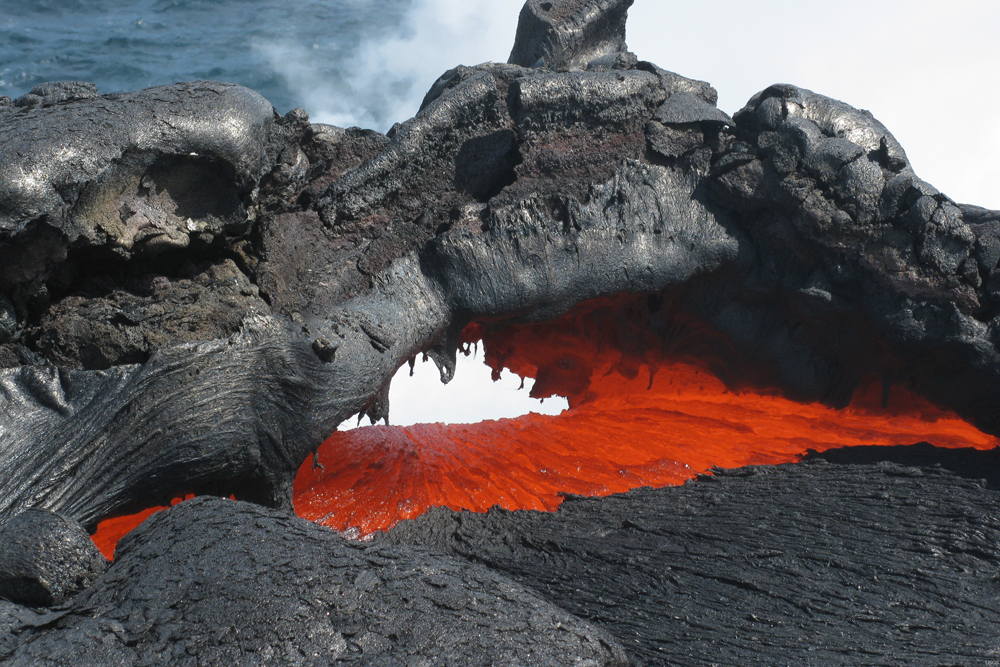
Valentine's Day is a hot holiday, romantically speaking. So why not take your beloved on an adventure to a sultry destination? Live Science has put together a list of seven sizzling, unconventional places for your travels and your imagination, as some trips might be challenging, downright dangerous or even impossible to take.
Kilauea, Hawaii
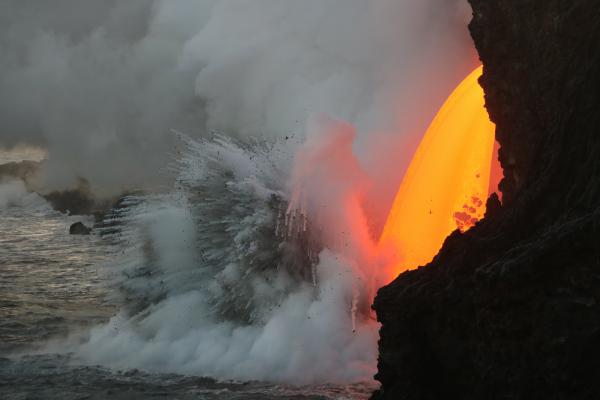
Hawaii's Kilauea volcano has erupted continuously since 1983, so it likely won't disappoint this Valentine's Day. The average temperature of its basaltic lava is 2,200 degrees Fahrenheit (1,250 degrees Celsius). The energy released for the entire eruption since 1983 could light 1.6 million 60-watt light bulbs, said Jessica Ball, a postdoctoral fellow at the U.S. Geological Survey (USGS) who studies volcanoes.
Your love doesn't have to be as scorching as Kilauea's, but may it serve as an inspiration to keep things cozy.
West Mata volcano
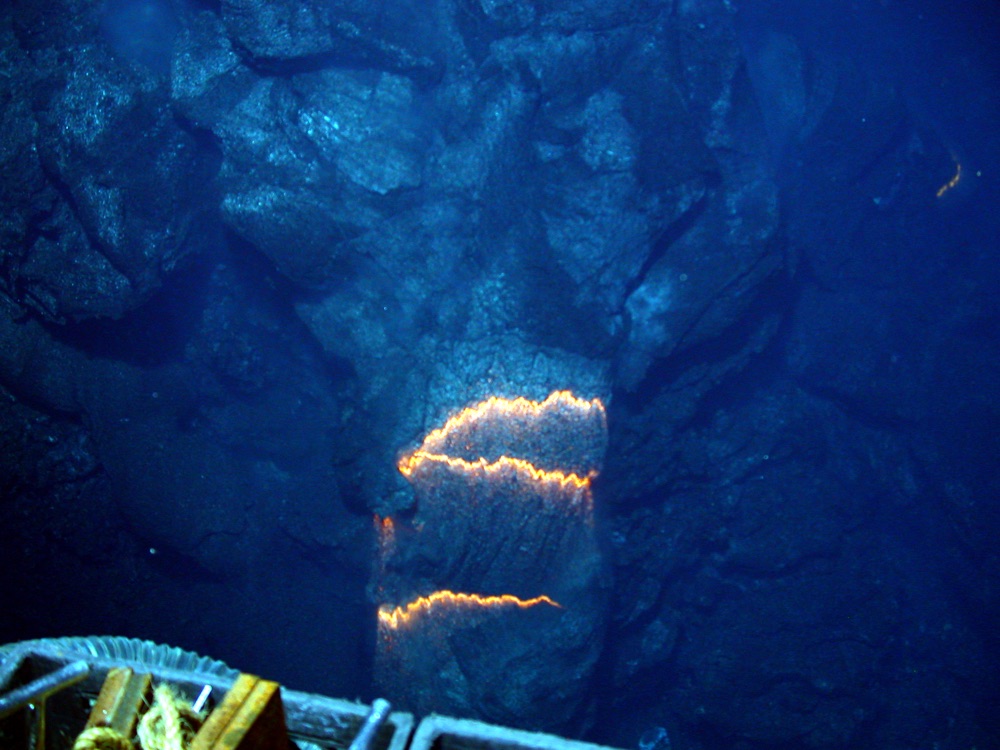
The hottest measured lava temperature on record was found at a submarine volcano in the Pacific Ocean. At nearly three-fourths of a mile (1.2 kilometers) underwater, it might not seem like a conventional date spot, but the West Mata volcano is so remote — it's near Fiji, Tonga and Samoa — you and your date will be able to get privacy from prying eyes.
In November 2008, the volcano spewed boninite, a magnesium-rich lava found in subduction zones. The boninite lava reached an estimated temperature of almost 2,444 F (1,300 C), according to measurements by Jason, a remotely operated vehicle (ROV), Ball told Live Science.
Talk about too hot to handle.
Two Boats
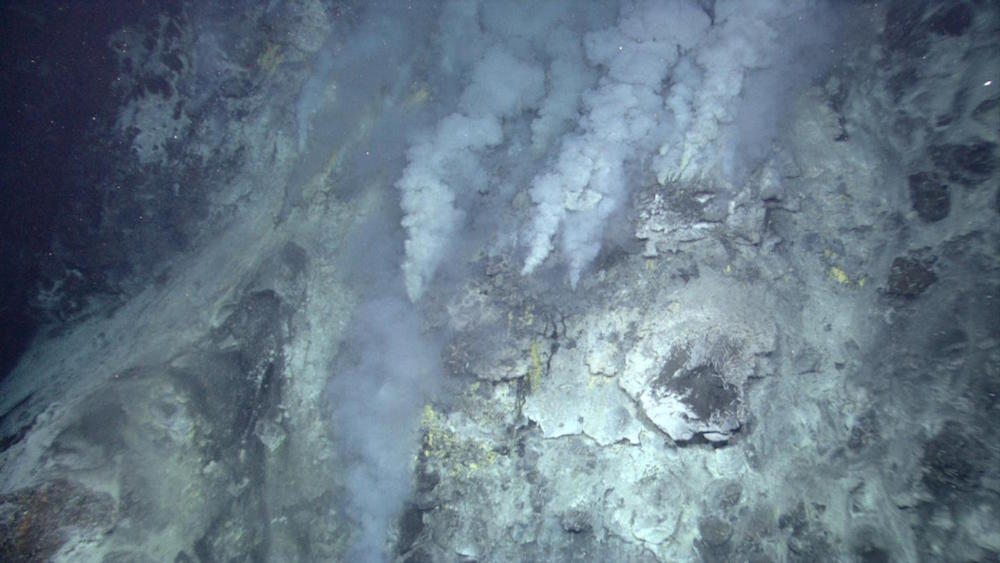
Hydrothermal vents may be deep underwater, but they're scorching hot. That's because volcanic activity at mid-ocean ridges can create hot fluids within the oceanic crust, which then emanate as black smokers from the seafloor.
Two of these vents, known as Two Boats and Sisters Peak, emit water that's so hot, it's a cross between a liquid and a vapor. According to a 2008 study published in the journal Geology, it reached a stable maximum temperature of 732 F (407 C) and a maximum temperature of 835 F (464 C), making it the hottest known water on Earth, the researchers said in news release.
Water that hot could make a sizzling drink for your sweetie. Just don't burn your tongue.
Lut Desert
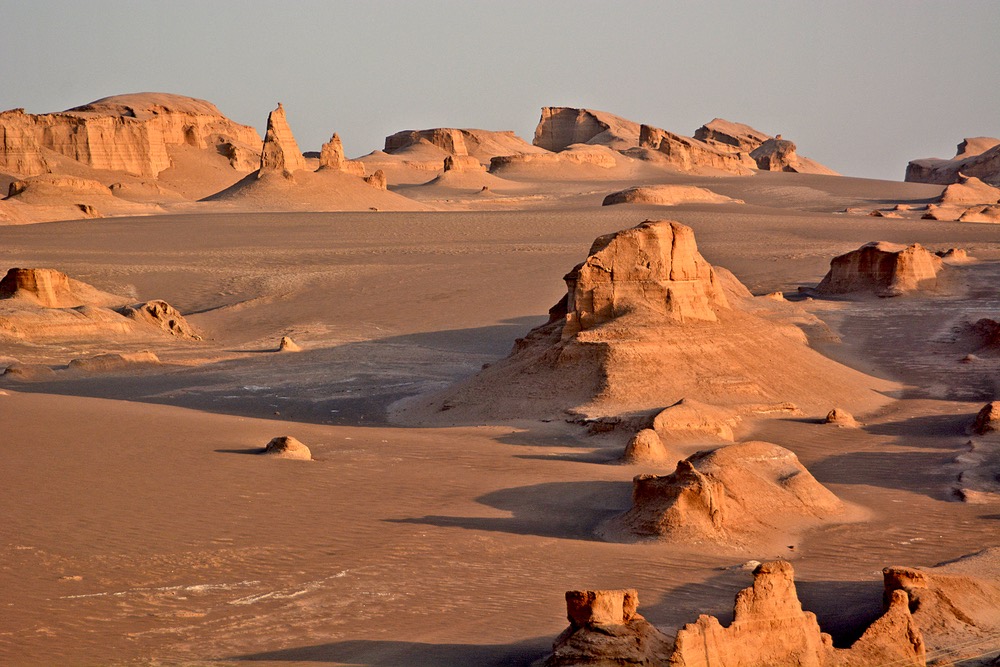
Want to travel somewhere superhot that's on dry land? Check out Iran's Lut Desert. Over a period of seven years, from 2003 to 2009, the Lut Desert had the world's highest surface temperatures for five of them: in 2004, 2005, 2006, 2007 and 2009, according to a 2011 study in the Bulletin of the American Meteorological Society.
The highest measurement occurred in 2005, with a temperature of 159.3 F (70.7 C), the researchers said.
Voodoo
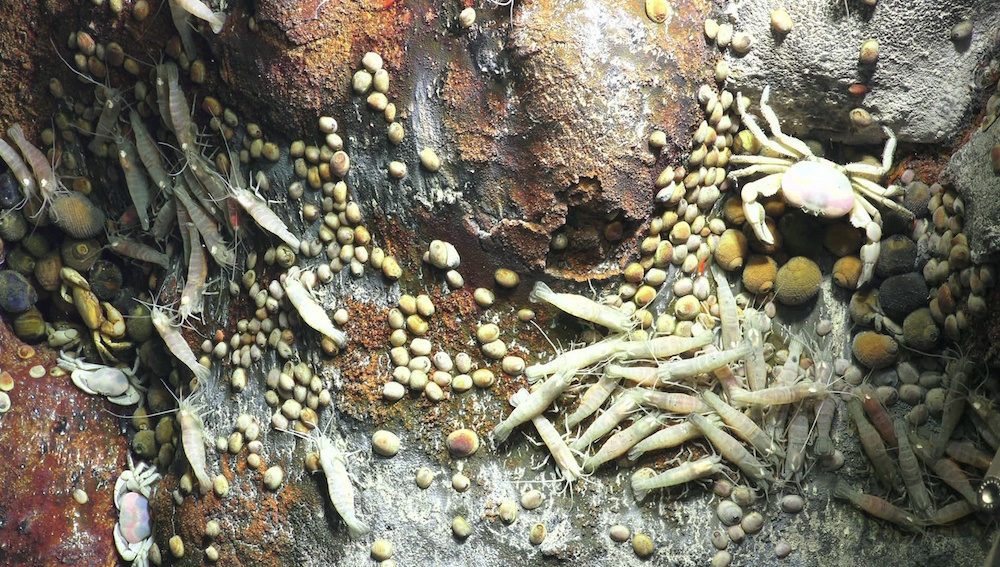
Voodoo may not be the hottest place, but it's a bustling paradise for countless marine creatures.
"Imagine a vast deep-sea desert, where there is not enough food or energy to survive. It's cold and inhospitable," said David Butterfield, a principal research scientist of oceanography at the Joint Institute for the Study of the Atmosphere and Ocean, a collaboration between the University of Washington and the National Oceanic and Atmospheric Administration (NOAA). "In the middle of that desert, there are these amazing oases of life."
One of these oases is called Voodoo — in part because it's shaped like a doughnut from Portland, Oregon's famous Voodoo Doughnuts. But it's located far from there in the Mariana backarc, west of the Mariana Trench in the Pacific Ocean.
"This vent spot is a hot tub orgy of hydrothermal animals stacked on top of each other — crabs, "hairy" snails (their shells feel like the pointy side of Velcro), shrimp and other smaller creatures," Butterfield said.
Waters at the vent can go up to 225 F (125 C), which is much warmer than the 35 F (1.8 C) background water, he said.
Earth's center
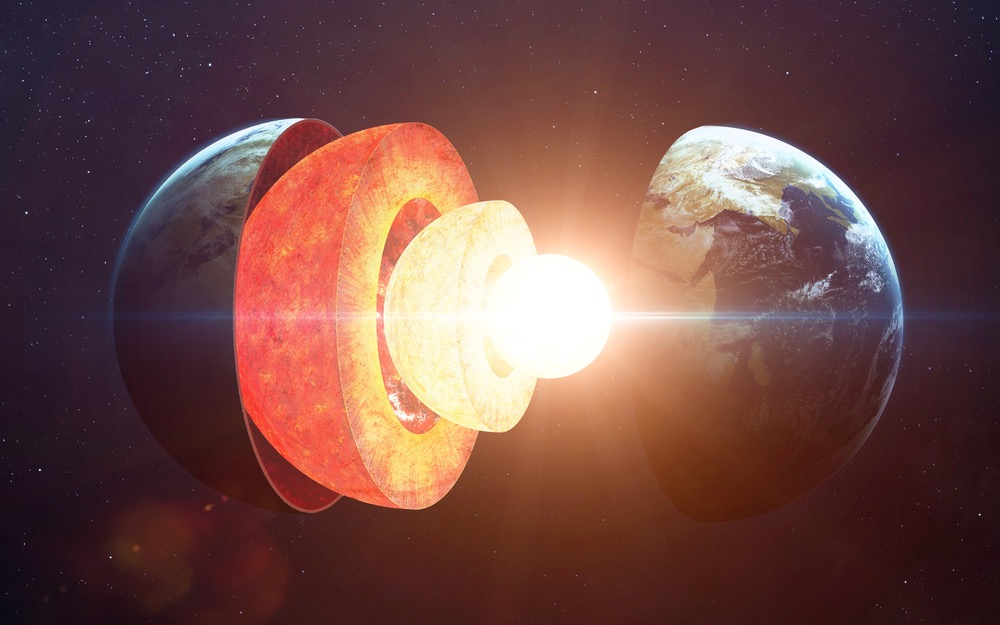
Unless you're Jules Verne, the center of the Earth is an impossible undertaking. But you can spend a second on Valentine's Day imagining how hot the 10,800 F (6,000 C) iron core is, according to a 2013 study in the journal Science. It's a nice thought, especially if you're stuck in February's typically dreary weather.
Hot mine
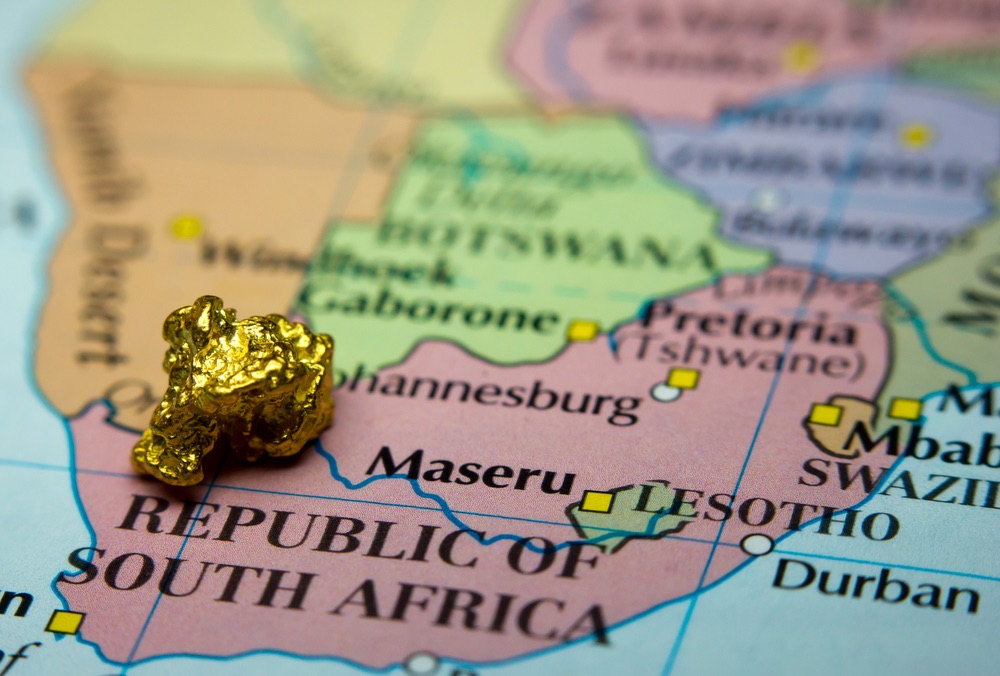
At 2.5 miles (4 km) below the ground, Mponeng is the world's deepest gold mine, journalist Matthew Hart told National Public Radio in 2013. The South African mine can reach temperatures of 140 F (77 C). To combat the heat, people blow fans over slurries of salty ice to lower the temperature to about 85 F (47 C) while mining for the precious metal, Hart said.
Granted, these conditions aren't that romantic, but they can spark a discussion about how to ethically buy gold and other precious treasures for a sweet Valentine's Day gift.
Sign up for the Live Science daily newsletter now
Get the world’s most fascinating discoveries delivered straight to your inbox.

Laura is the archaeology and Life's Little Mysteries editor at Live Science. She also reports on general science, including paleontology. Her work has appeared in The New York Times, Scholastic, Popular Science and Spectrum, a site on autism research. She has won multiple awards from the Society of Professional Journalists and the Washington Newspaper Publishers Association for her reporting at a weekly newspaper near Seattle. Laura holds a bachelor's degree in English literature and psychology from Washington University in St. Louis and a master's degree in science writing from NYU.










